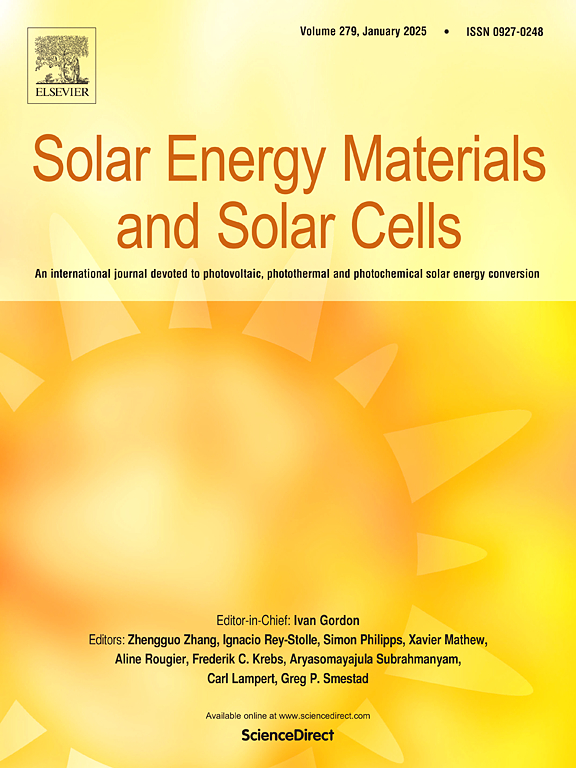Solar light modulating materials for energy efficient smart window design: Recent trends and future Perspectives
IF 6.3
2区 材料科学
Q2 ENERGY & FUELS
引用次数: 0
Abstract
Smart windows, capable of dynamically modulating solar irradiation across different wavelengths, have garnered significant research interest due to their potential applications in energy conservation, privacy enhancement, and healthcare improvement. Understanding the nature of solar light dictates material selection and design. As solar light consists mainly of visible and infrared, one has to select appropriate material that absorbs or reflects or responds to these bands to optimize efficiency. In this review, we discuss the different materials that are used to achieve a highly efficient smart window design that will ensure human visual comfort and ultimately minimum energy consumption in building spaces. This paper offers a comprehensive survey of recent material technologies and presents insights derived from experimental and simulation studies in the context of building integration. It introduces an innovative performance regulation framework for achieving optimal smart window characteristics and assesses their practicality within both material and building applications. Furthermore, the paper addresses persistent obstacles and future research directions in this promising field. The pursuit of economically viable and adaptable smart window solutions holds the promise of advancing energy efficiency, comfort, and privacy across diverse built environments.
求助全文
约1分钟内获得全文
求助全文
来源期刊

Solar Energy Materials and Solar Cells
工程技术-材料科学:综合
CiteScore
12.60
自引率
11.60%
发文量
513
审稿时长
47 days
期刊介绍:
Solar Energy Materials & Solar Cells is intended as a vehicle for the dissemination of research results on materials science and technology related to photovoltaic, photothermal and photoelectrochemical solar energy conversion. Materials science is taken in the broadest possible sense and encompasses physics, chemistry, optics, materials fabrication and analysis for all types of materials.
 求助内容:
求助内容: 应助结果提醒方式:
应助结果提醒方式:


